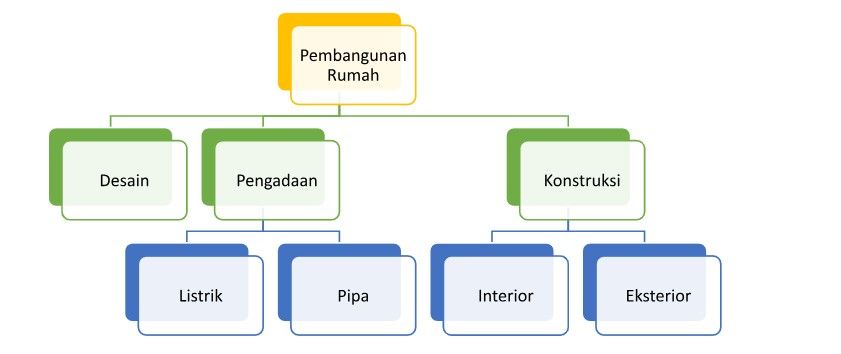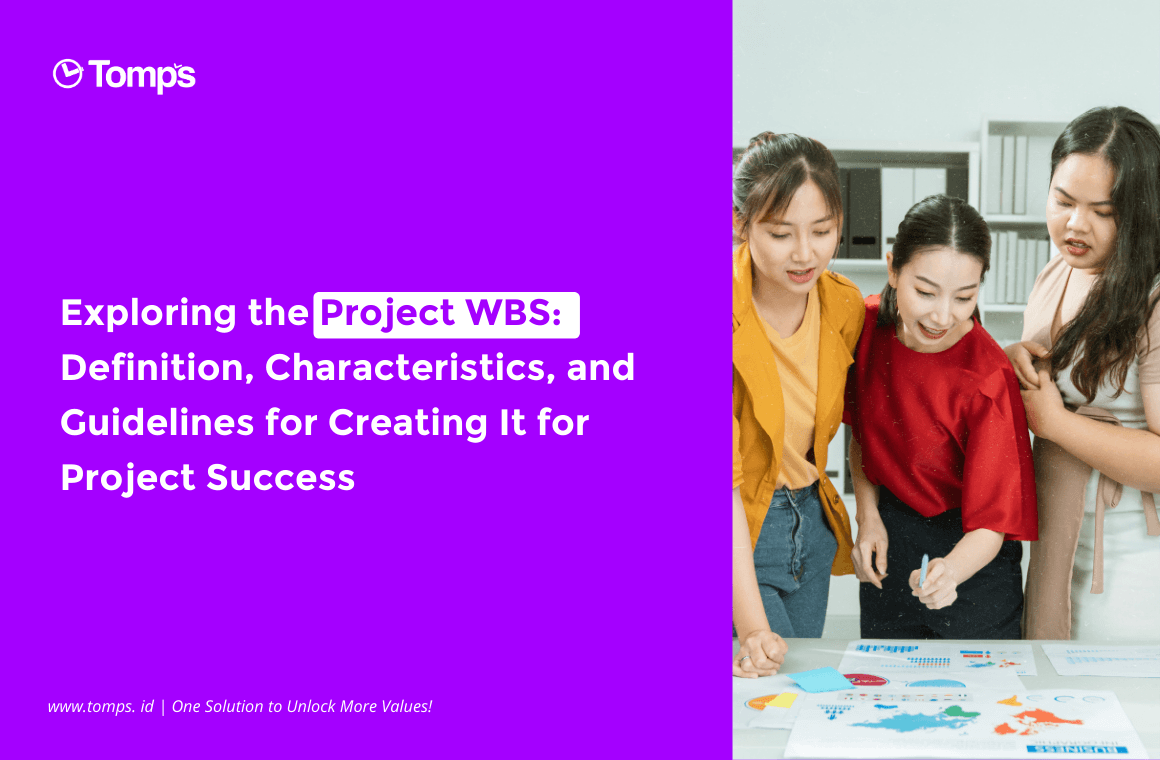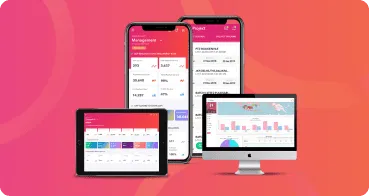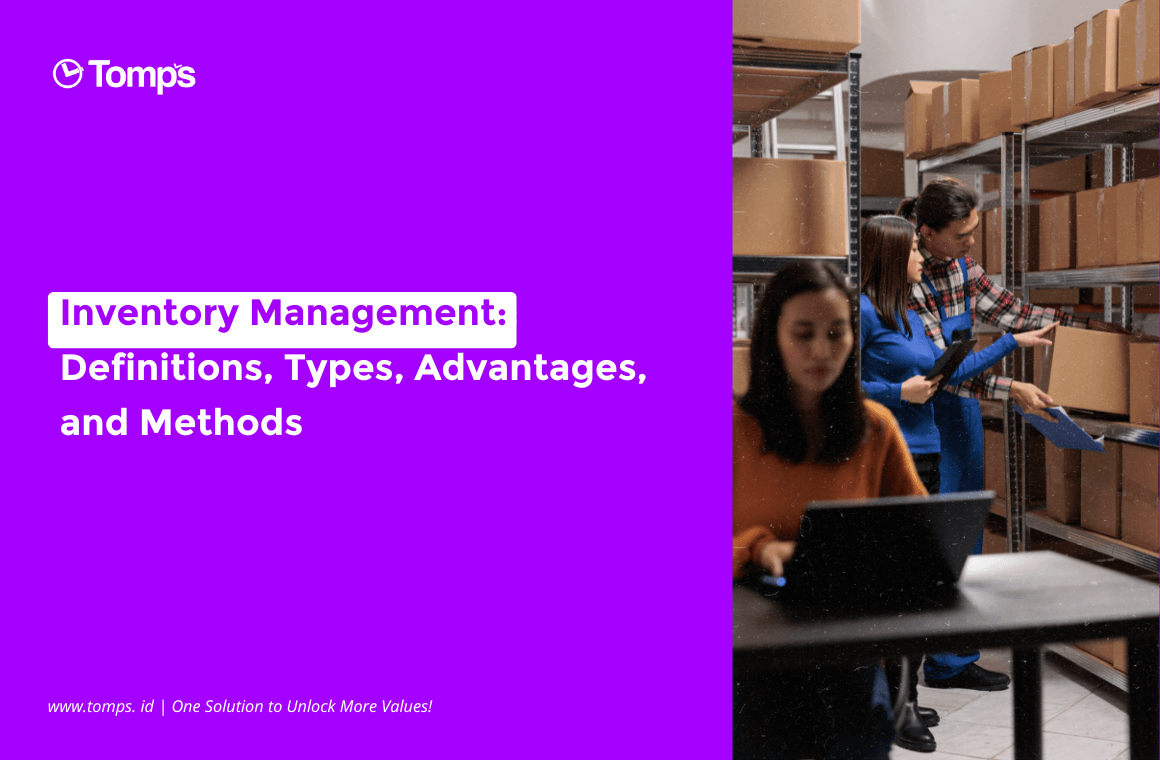Whether it is on a large or small scale, a project WBS is needed so that large work can be divided into smaller details. Difficult jobs will seem easier to do and manage this way. How do you create an effective WBS? Find it in this article, complete with a simple project management WBS example.

What is WBS?
WBS is an abbreviation of Work Breakdown Structure, meaning a detailed work structure. Large jobs are divided into smaller tasks. WBS is a commonly used productivity technique to make work easier to manage. For development projects, WBS is a very important tool. WBS can integrate work scope, cost, and schedule to ensure that project plans are running in harmony and according to plan. Main Characteristics and Components of WBS A key component of the WBS is the 100% rule. This means that the WBS covers all aspects of the project, as well as the person or team responsible for those components. Another important characteristic of the WBS is its flat structure. When applying the 100% rule, level 1 of the WBS will be the entire project. Some WBS include a description or essence of the project at the top if the explanation at level 1 is not clear enough. After naming the work at level 1, each level below will break down the project into more detail, also using the 100% rule in each component. For example, for a restaurant building project, at level 1, the name is "Restaurant Building." Then elements at level 2 break down the work into several parts to complete the project, for example, “design,” “procurement,” "construction," and so on. Then, at level 3, it will be broken down again into more detail.
Why is WBS important in project management?
A work breakdown structure is a very useful project management tool for several reasons. The first is because the WBS is able to break down the project into several small components. That way, a large, complex project can seem less overwhelming and more manageable. The entire team can have greater self-confidence if the development project is divided up like this. The second reason is that the WBS provides a road map for individuals and teams to work on projects. This means that every team and even individual knows exactly what they have to do. In a project, especially a large-scale project, different teams will definitely be involved, and some of them will move and work simultaneously. One team and another must communicate, coordinate, and integrate to complete the project well. By using WBS, each team and individual can focus on their respective tasks. The results of the work will also be visible specifically, so that team members can know whether the project was successful as a whole or not. The final reason is that the WBS is an excellent tool for measuring project completion, identifying milestones, and allocating budget resources. Project managers can more easily track and be confident that the project has been budgeted correctly, and they will not experience any obstacles due to project results that fall too far short of expectations.
How to Create and Use a WBS Effectively
 In order to use the WBS structure effectively, it is important to include all components of a project but not provide too much detail. To create an effective WBS, here are several steps you need to pay attention to:
In order to use the WBS structure effectively, it is important to include all components of a project but not provide too much detail. To create an effective WBS, here are several steps you need to pay attention to:
- Define the project. The first step in creating a work breakdown structure is to clearly define the project. For some projects, this may be quite easy. Meanwhile, for other projects, it may be necessary to refine the actual project scope so that the WBS can be scaled appropriately.
- Set project boundaries. Once the project is defined and explained, it can proceed to the next stage, namely setting boundaries. What is included in the WBS and what is not included in it must be determined in this second stage.
- Identify project results. This stage will include high-level deliverables related to the project. Examples are a project scope statement or a project mission statement.
- Define elements at Level 1. What is needed at level 1? Determine the details at this stage before moving on to the next stage.
- Describe Each Element at Level 1 The process of breaking down elements at level 1 is called decomposition. This stage consists of breaking down the task into smaller parts. At level 2, ask the whole team (if done as a team) whether further decomposition would improve project management? Then continue parsing these elements until you reach the answer to the question above with the answer "no." Once you have completed the decomposition of each element at level 1, the WBS is complete.
- Give the right position. For each element described in level 1, make sure there is an individual responsible for doing it. Small tasks may be carried out by individuals, but if the scale is large, then it is recommended to use a team. Each team is headed by a leader who will be responsible for each element. Make sure to appoint the right people in the right positions. Because of this, it is important to know the background and what work the construction team members have done.
- Create a progress diagram. Once the WBS has been created and the project is underway, the WBS will be more perfect if paired with a diagram showing development progress. All team members can look at the diagram to ensure the project is running according to the predetermined schedule and costs.
An Example of a Project WBS
The following is an example of a simple project WBS for house construction:
 For larger projects, of course, creating a WBS will be more complicated and detailed. Awakened levels will also be longer. WBS will be very helpful so that the entire team can know that they are on the right assignment and carrying out their respective responsibilities according to expectations.
That's the definition, how to create it, and an example of a simple work breakdown. Projects carried out with transparent management will be easier to carry out. For better project results, use reliable project management software, such as Tomps by Telkom Indonesia.
As a mobile and web-based collaborative digital management solution, Tomps prioritises ease in managing company needs with online supervision. Tomps offers a variety of strategic smart features for project, asset, and building planning. Visit the Tomps website now and discover the full range of features!
For larger projects, of course, creating a WBS will be more complicated and detailed. Awakened levels will also be longer. WBS will be very helpful so that the entire team can know that they are on the right assignment and carrying out their respective responsibilities according to expectations.
That's the definition, how to create it, and an example of a simple work breakdown. Projects carried out with transparent management will be easier to carry out. For better project results, use reliable project management software, such as Tomps by Telkom Indonesia.
As a mobile and web-based collaborative digital management solution, Tomps prioritises ease in managing company needs with online supervision. Tomps offers a variety of strategic smart features for project, asset, and building planning. Visit the Tomps website now and discover the full range of features!







